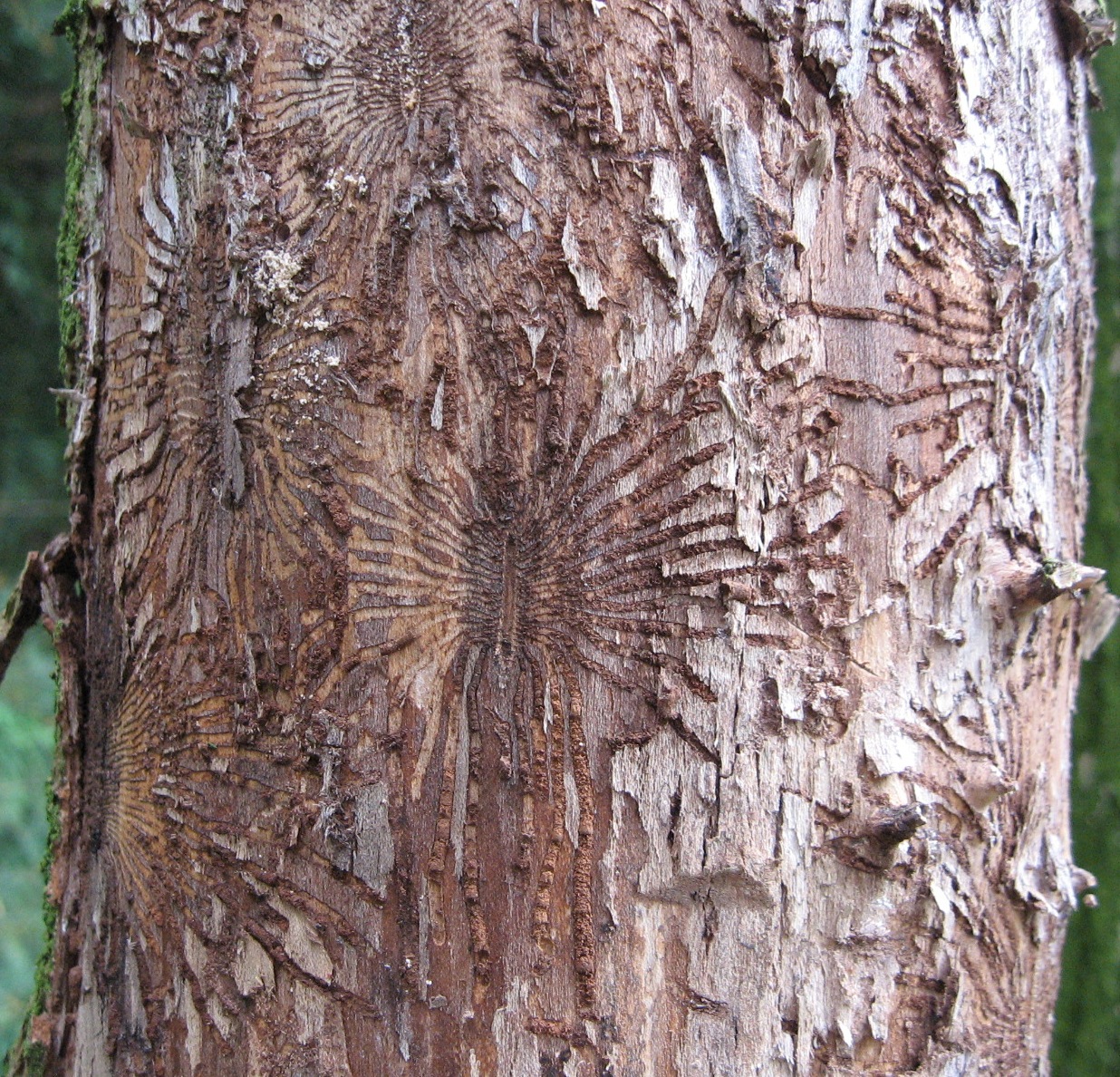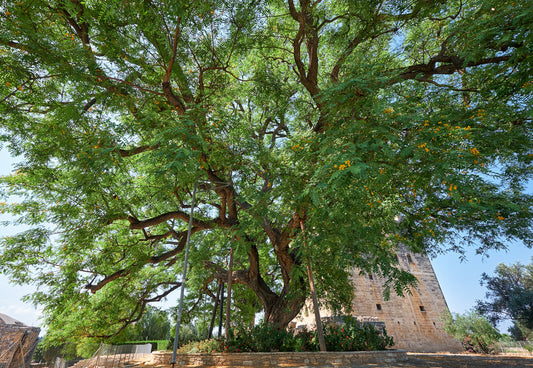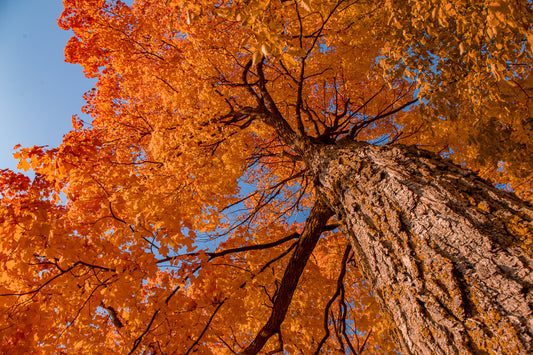Elm
Introduction
Upon my visit to Tate Britain, a specific piece of sculpture gripped my attention and imagination — 'Pelagos', by the inimitable Barbara Hepworth. A captivating work of art that seemed to manifest the poignant solitude and mesmerizing beauty of the seaside, it evoked within me, memories of my own childhood spent along the serene coastline of a small city. I found a personal resonance with the sculpture that beckoned me to delve deeper into Hepworth's inspiration and artistic vision.

Hepworth's 'Pelagos' - a Greek term denoting 'sea', was profoundly influenced by the captivating view of the bay at St Ives in Cornwall. The landscape, with two vast landforms cradling the sea between them, had a magnetic allure that deeply resonated with Hepworth. The meticulously hollowed-out sculpture carries a distinctive spiral form that echoes the likeness of a shell, a wave, or the gentle curve of a hill.
My admiration for Hepworth's work deepened as I reflected on her use of taut strings across the sculpture. These lines, as per Hepworth’s own interpretation, expressed ‘the tension I felt between myself and the sea, the wind or the hills’. This sentiment was intimately familiar to me, reminding me of the invisible strings that tether me to my seaside hometown. As the allure of the sculpture lingered, a question arose — what material could Hepworth have used for this masterpiece?
The answer was easy to find on Tate’s website: “Elm and strings on oak base”. But just like the elm’s dark hue hides the oak underneath, the timber’s aesthetic value hides its deep historical significance.

A quick browse on the Tate’s website revealed the answer: "Elm and strings on an oak base". At first glance, it was just another type of wood. But looking beyond the physical appearance, just as the elm's dark hue conceals the underlying oak, the beauty of the timber masks its historical significance.

Elm trees are the gentle behemoths of nature, enhancing landscapes, cities, and countrysides for millennia. With its unique, vase-like form and vibrant foliage, the elm isn't merely a decorative feature. It has been a source of inspiration for countless artists and craftsmen across generations. And just as Hepworth shaped elm into art, the tree itself has also shaped many narratives of human history.
In various mythologies and folklores, elm trees carry profound significance. In Greek mythology, for instance, elms were associated with Morpheus, the god of dreams, hinting at the tree's ethereal beauty and symbolizing hope. In Native American cultures, elm has been a material of choice for constructing canoes and containers, underlining the practical applications of the tree.
Through the centuries, certain elms have achieved a kind of legendary status, such as the Waterloo Elm, a historical and monumental tree that stood at the center of the Waterloo battlefield, and served as the Duke of Wellington's command post during his victorious battle against Napoleon in 1815, its significance immortalized in various eyewitness accounts and artistic representations of the event. Or perhaps you heard about the "Liberty Tree" in Boston, a rallying point for American revolutionaries in the 18th century that was felled by British Loyalists in an attempt to curb dissent. These trees, each with their unique tale, underscore a deep but often ignored link between human society and the botanical world.
In the realm of design and art, elm's natural aesthetics and strength make it a favored choice, much like Hepworth's utilization of the wood in "Pelagos." With this sculpture, she masterfully married elm's inherent qualities with a modern artistic expression that was both emotional and intuitive, encapsulating movement and rhythm while maintaining a strong sense of grounding and solidity—attributes characteristic of elm trees. In this article, we will further explore the characteristics, ecology, history and future of elm trees.

The Elm Tree
Elm trees belong to the Ulmus genus, which encompasses approximately 30 to 40 species native to temperate and mountainous regions across the Northern Hemisphere. Some species of elm can grow remarkably tall, reaching heights of 100 feet or more. Elms are recognizable by their large, spreading canopy that typically takes on a vase-like or fountain-like shape, creating a majestic presence in the landscape.
Elms exhibit a significant degree of diversity across their range. They vary in form, from stately giants standing over city streets to petite shrubs dotting rocky terrains. Notably, the American Elm and English Elm are among the most recognized species, each prized for their unique attributes. Despite the differences across species, elm trees share common features that make them easily distinguishable.
The leaves of the elm are simple and usually asymmetric at the base, with toothed edges and prominent veins. The bark of the elm varies across species, ranging from gray-brown with deep furrows in the English Elm to a lighter gray and smoother surface in the American Elm.
The elm tree's seeds, known as samaras, are another distinguishing characteristic. These disc-shaped seeds, encircled by a wing-like structure, are solitary, unlike the paired seeds found in the samaras of maples and ash trees. This distinctive design aids in wind dispersal because the weight distribution allows the seed to autorotate as it falls, carrying it further away from the tree—a natural phenomenon that reportedly inspired Leonardo da Vinci's innovative thinking when he conceptualized the designs for what would become known as the "air gyroscope," a precursor to the modern helicopter.

The samaras mature early in the year, around late spring. This timing provides a distinct edge to elm seedlings. Unlike other trees they frequently compete with for resources which mature in the late summer or fall, elm samaras give their seedlings the entire summer season to establish themselves before the arrival of winter.
As a last small detail, elm trees have a unique root system that distinguishes them from many other types of trees. Their roots are extensive, often spreading out in a lateral fashion rather than delving deep into the soil. This characteristic makes them particularly resilient in various soil types and conditions, but it can also cause issues in urban settings where the roots can damage pavements and underground utilities.
Elm forests and distribution
Elm trees have a widespread distribution across the Northern Hemisphere, spanning North America, Europe, and Asia, from the British Isles to Indonesia and from Florida to Jordan.
In North America, elms are found primarily in the eastern and central parts of the continent. They are a significant component of many forest types, including floodplain forests and hardwood forests, where they coexist with species like ash, maple, and oak. Although they don't typically dominate forests, their presence is significant, and they play a vital role in these ecosystems.
Across the pond, English and Wych Elms dominate the European landscape, forming mixed forests alongside oak, ash, and beech in the north, while they coexist with poplar and willow in floodplains. In Asia, several native elm species form part of the temperate deciduous forests.
In forest compositions, elms contribute to the ecosystem's diversity. Their broad, arching canopies provide shelter for many bird and insect species, while their leaves and seeds offer a food source for various fauna. The extensive, wide-spreading root system also helps to prevent soil erosion, particularly in riparian areas.
Beyond natural settings, elms have played a significant role in urban landscapes. Their resistance to pollution, adaptability to varying soil types, and the aesthetics of their grand, vase-shaped silhouette made them a popular choice for city planning in the 19th and early 20th centuries. Many city streets in Europe and North America were lined with elms, creating vast green canopies that became symbols of these urban areas.
Elms have had numerous uses due to their abundance and sturdy, water-resistant nature. In the 17th century, they were used extensively for London's first piped water system. Additionally, elm wood was used for lock gates, boat keels, and to support structures like the Old London Bridge. Elm trees often marked routes and lined avenues, inspiring nearly 200 street names in London alone. Architects throughout the world used their wood extensively to help alleviate the housing issue many urban centers faced, and it was hard to find a park in Europe that didn’t feature at least a few elms.
The bane of elms: Dutch Disease
Some trees, such as cedars and rosewood, have borne the brunt of mankind's insatiable desire for short-term financial gain, directly targeted for their valuable wood. These same trees, and many others, also suffer from the impacts of climate change, a direct consequence of our global disconnection from the natural world. Unlike its counterparts, the elm's primary threat doesn't come from deforestation or a changing climate. Instead, it comes from a seemingly harmless source: a beetle.
While our love for elms meant that urban planners spread them far and wide, this global distribution also paved the way for the catastrophic outbreak of Dutch Elm Disease (DED) at the beginning of the 20th century, a malady that almost wiped-out elm populations across the world. The disease, likely originating from Asia and transmitted by various species of bark beetles, was notably aggravated by the dense planting of elms in urban areas.
The Dutch Elm Disease was first recorded in continental Europe in 1910, where it quickly spread despite considerable research and efforts to develop preventive measures. The UK is one particularly grim example: this disease marked its presence in Britain in 1927, and by 1990, the landscape had dramatically changed - mature elms were scarcely seen in Britain anymore.
Across the pond, the situation was no better. In North America, Dutch Elm Disease first surfaced in the United States in 1928, brought via imported timber. By 1989, a sobering statistic emerged - over 75% of the estimated 77 million elms had been lost to the disease.
However, the situation is not entirely bleak. Efforts to preserve the surviving elm populations and rejuvenate them using disease-resistant cultivars were mobilized. Today, the largest populations of mature elms in Europe can be seen flourishing in Amsterdam and The Hague. In England, Brighton and Hove in East Sussex boast the largest concentration of mature elms. Their survival can be attributed to the geographic isolation of the area and the efforts of local authorities. Throughout the world, replanting initiatives are repopulating forests with saplings, while new, disease-resistant species are being crossbred using survivors of Dutch Elm Disease. While there still is a long way to go, the future looks much brighter than just a few decades ago.
Conclusion
In our shared human history, the elm tree has borne witness to our victories and defeats, inspired our artistic endeavors, contributed to our progress, and formed an integral part of our cultural fabric. The elm has been a muse for artists, a source of material for architects, and a symbol of heritage for communities. Yet, our ignorance and misunderstanding of its ecology led to its near-extinction in many parts of the world due to Dutch Elm Disease.
The tale of the elm tree is a reminder of the unexpected consequences that can emerge from our interactions with nature, a cautionary tale for us to approach our use of natural resources with consideration, foresight, and respect. No one had the spread of the disease as a goal, but it ravaged the species nonetheless.
This interaction reflects the broader ties between humanity and the natural world. Trees are not just passive bystanders in our world, but active participants, shaping and being shaped by the unfolding human story. As we strive to understand and preserve these magnificent life forms, we must remember that their existence is intricately tied to ours.
Treating trees as mere commodities overlooks their ecological, cultural, and historical significance. Forests are not just havens for biodiversity, they are reservoirs of resilience, symbols of continuity, and teachers of patience and adaptation. By treasuring trees, we not only enrich our landscapes and cityscapes but also create spaces where nature and culture can coalesce, where the past can dialog with the present, and where the roots of memory can intertwine with the seeds of hope.
Article by: Andrei Mihail, see more about the author here






